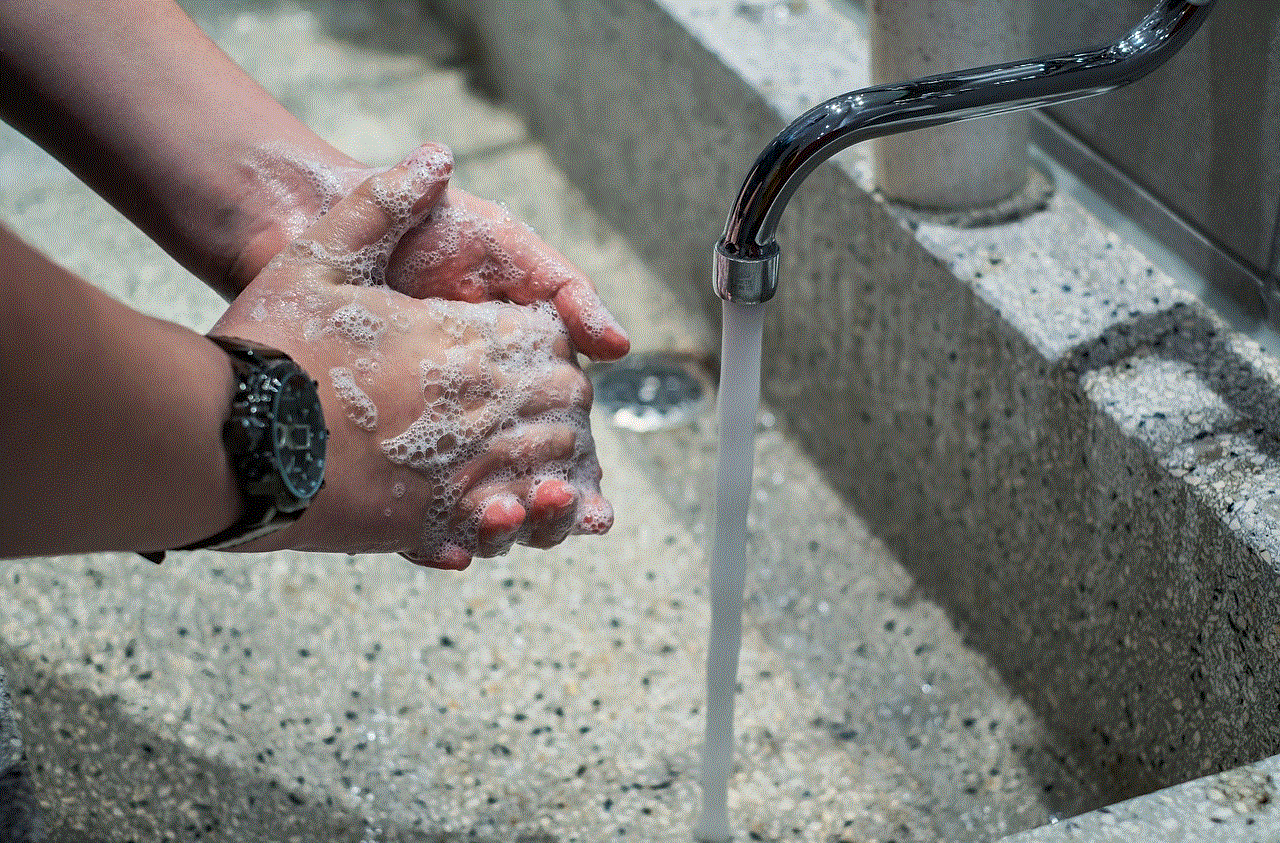how to reset a tile
# How to Reset a Tile: A Comprehensive Guide
Resetting a tile can seem like a daunting task, especially for those who are not particularly handy or familiar with home improvement projects. However, with the right approach and understanding of the process, resetting a tile can be an achievable task that enhances the aesthetic and functional aspects of your space. This article will provide a detailed guide on how to reset a tile, whether it’s part of a floor, wall, or backsplash. We will cover the necessary tools, preparation steps, techniques, and tips to ensure a successful tile reset.
## Understanding the Importance of Tile Resetting
Tiles are a popular choice for flooring, walls, and backsplashes due to their durability, variety, and ease of maintenance. Over time, however, tiles may become loose, cracked, or discolored due to various factors such as water damage, improper installation, or regular wear and tear. Resetting a tile not only restores its functionality but also improves the overall appearance of the area. It can prevent further damage and potential costly repairs down the line.
## Tools and Materials Needed
Before you embark on the task of resetting a tile, it’s essential to gather the necessary tools and materials. Here’s a comprehensive list:
1. **Safety Gear**: Safety goggles, gloves, and dust masks to protect yourself from debris and sharp edges.
2. **Tile Removal Tools**: A chisel, putty knife, or a tile scraper to help remove the old tile.
3. **Adhesive or Mortar**: Depending on the type of tile and surface, you may need thin-set mortar or tile adhesive.
4. **Grout**: To fill the gaps between tiles after resetting.
5. **Level**: To ensure the tile is even and properly aligned.
6. **Spacers**: To maintain consistent spacing between tiles.
7. **Sponge and Bucket**: For cleaning up excess grout and adhesive.
8. **Tile Cutter or Wet Saw**: If you need to cut new tiles to fit.
9. **Trowel**: For spreading adhesive or mortar.
## Assessing the Current Condition of the Tile
Before resetting a tile, it’s essential to assess its current condition. Check for any signs of damage such as cracks, chips, or discoloration. If the tile is merely loose and not broken, you may be able to reset it without needing a replacement. Conversely, if the tile is significantly damaged, it may need to be replaced entirely.
Additionally, inspect the surrounding area for any water damage or underlying issues that may have contributed to the tile’s condition. If you find mold or rot, addressing these issues is crucial before proceeding with the tile reset.
## Preparing the Work Area
Preparation is key to a successful tile reset. Start by clearing the area of any furniture or obstacles. This will create a safe and spacious environment to work in. Next, ensure that the floor or wall surface is clean and free of debris. You may need to vacuum or sweep to remove dust and dirt.
If you’re working on a floor, consider placing a drop cloth or old sheet to protect the surrounding area from any falling debris or spilled adhesive. If you’re resetting a wall tile, ensure that the floor below is also protected.
## Removing the Old Tile
Once the area is prepped, you can begin removing the old tile. Use a chisel or tile scraper to carefully pry the tile away from its setting. Start at the edge of the tile and work your way toward the center. Be cautious not to damage adjacent tiles during this process.
For stubborn tiles, you may need to apply some heat using a heat gun to soften the adhesive. This can make removal easier. Once the tile is removed, you may find some adhesive residue left on the surface. Use a putty knife to scrape this away gently.
## Cleaning the Surface
After the old tile is removed, it’s crucial to clean the surface thoroughly. Any remaining adhesive or debris can prevent the new tile from adhering properly. Use a damp sponge to wipe the area, and allow it to dry completely. Inspect the surface for any damage or irregularities that may need to be addressed before proceeding with the reset.
## Applying Adhesive or Mortar
With the surface clean and dry, you can now apply the adhesive or mortar. Using a trowel, spread a thin layer of adhesive over the area where the tile will be reset. Ensure that you apply an even coat, and use the notched side of the trowel to create grooves in the adhesive. These grooves help the tile adhere better and prevent air pockets from forming.
## Positioning the New Tile
Once the adhesive is applied, carefully position the new or reset tile onto the adhesive bed. Press down gently and twist slightly to ensure a strong bond. Use a level to check that the tile is even with the surrounding tiles. If necessary, adjust the tile’s position before the adhesive sets.
If you’re resetting an existing tile, ensure that it is clean and free of any old adhesive before placing it back down.
## Using Spacers
To maintain consistent spacing between tiles, use spacers at the corners of the tile. This ensures that the grout lines will be even and aesthetically pleasing. Once the tile is in position and the spacers are in place, double-check that everything is level.
## Allowing Adhesive to Set
After the tile is positioned and spacers are in place, allow the adhesive to set according to the manufacturer’s instructions. This can take anywhere from a few hours to a full day, depending on the type of adhesive used. Avoid walking on the tile or applying any pressure during this time to ensure a proper bond.
## Grouting the Tile
Once the adhesive has set, it’s time to grout the tile. Remove the spacers and prepare the grout according to the manufacturer’s instructions. Using a grout float, apply the grout over the tile, pressing it into the joints between tiles. Be sure to work in a diagonal motion to pack the grout properly.
After the grout is applied, use a damp sponge to wipe away any excess grout from the surface of the tile. Rinse the sponge frequently to avoid smearing grout onto the tile. Allow the grout to cure as per the manufacturer’s instructions, which can typically take 24 hours.
## Cleaning Up
After the grout has cured, it’s essential to clean the area thoroughly. Remove any debris, tools, and materials used during the tile resetting process. Check the tile for any grout haze and use a tile cleaner or a damp cloth to remove it gently.
## Final Inspection and Maintenance
Once everything is cleaned up and dried, perform a final inspection of the tile and surrounding area. Ensure that the tile is securely in place and that the grout lines are even and filled properly. Regular maintenance, such as cleaning and resealing grout, will prolong the life of your tile and keep it looking fresh.
## Conclusion
Resetting a tile may seem like a challenging task, but with the right tools, preparation, and techniques, it can be a straightforward process. By following this comprehensive guide, you can restore the functionality and appearance of your tiled surfaces, ensuring they remain a beautiful and durable feature of your home. Whether you are addressing a loose tile or replacing a damaged one, the satisfaction of completing the project yourself can be incredibly rewarding. Embrace the challenge, and enjoy the results of your hard work!
tracker for seniors
# Tracker for Seniors: Enhancing Safety and Independence
As our loved ones age, their safety and well-being become paramount concerns for families. Seniors often face various challenges, including health issues, mobility limitations, and cognitive decline, which can make it difficult for them to maintain their independence. In this context, technology has emerged as a vital ally, particularly in the form of tracking devices designed specifically for seniors. This article will explore the various aspects of trackers for seniors, including their benefits, types, features, and considerations for choosing the right device.
## Understanding the Need for Trackers
The aging population is on the rise globally, and with it comes the responsibility of ensuring that seniors can live safely and comfortably. According to the World Health Organization (WHO), the number of people aged 60 years and older is expected to reach 2 billion by 2050. This demographic shift underscores the necessity for solutions that can help seniors remain independent while ensuring that they are safe.
Seniors may face issues such as wandering due to conditions like Alzheimer’s or dementia, unexpected medical emergencies, or simply getting lost while out and about. A tracker can provide peace of mind for both seniors and their families, offering a way to monitor their whereabouts and health status. The ability to locate a loved one in real-time can alleviate anxiety for families and allow seniors to enjoy greater freedom.
## Types of Trackers for Seniors
There are various types of trackers available in the market, each designed to cater to specific needs. Below are some of the most common types:
### 1. GPS Trackers
GPS trackers are among the most popular devices for seniors. They use Global Positioning System technology to provide real-time location data. These devices can be worn as pendants, wristbands, or even integrated into smartphones. GPS trackers are particularly beneficial for seniors who may wander, as they allow caregivers to monitor their location from anywhere.
### 2. Medical Alert Systems



Many medical alert systems now come equipped with GPS tracking features. These devices allow seniors to call for help in case of an emergency, while also providing their location to emergency responders. Some models even include fall detection capabilities, alerting caregivers automatically if a fall is detected.
### 3. Smartphone Apps
Several smartphone applications are designed to track the location of seniors. These apps can be installed on a senior’s smartphone and provide location tracking features. They often come with additional functionalities, such as emergency contact alerts and health monitoring features.
### 4. Wearable Fitness Trackers
While primarily designed to monitor physical activity, many fitness trackers now include GPS tracking capabilities. These devices can help seniors maintain their health while also allowing caregivers to keep track of their movements. Some models can also monitor heart rate and other vital signs, providing a more comprehensive health overview.
### 5. Smart Home Devices
With the rise of smart home technology, certain devices can also serve as trackers. For example, smart door sensors can notify family members if a senior leaves the house, while smart speakers can provide reminders for medication and appointments. These systems often integrate with mobile apps for easier monitoring.
## Key Features to Look For
When selecting a tracker for seniors, it’s essential to consider various features that enhance usability and functionality. Here are some key features to look for:
### 1. Real-Time Location Tracking
The ability to track a senior’s location in real-time is crucial. Look for devices that offer accurate GPS tracking, as this will provide peace of mind for families who worry about their loved ones wandering off or getting lost.
### 2. Emergency Alerts
Many trackers come with an emergency alert button that seniors can press to call for help. This feature is invaluable in case of a fall or sudden health issue, as it allows seniors to summon assistance quickly.
### 3. Easy-to-Use Interface
Simplicity is key when it comes to technology for seniors. Look for devices with user-friendly interfaces, large buttons, and clear instructions to ensure that seniors can operate them without frustration.
### 4. Battery Life
Battery life is a crucial consideration, especially for devices that will be worn throughout the day. Choose trackers with long-lasting batteries or those that can be easily charged.
### 5. Waterproof Design
Given that seniors may wear these devices during various activities, a waterproof design can be beneficial. This feature ensures that the tracker can withstand everyday wear and tear, including exposure to water.
### 6. Geofencing Capabilities
Geofencing allows caregivers to set virtual boundaries for seniors. If the senior leaves a designated area, an alert is sent to the caregiver. This feature is particularly useful for seniors with cognitive impairments who may wander.
### 7. Health Monitoring Features
Some trackers go beyond location and offer health monitoring features, such as heart rate tracking, step counting, or sleep analysis. These features can provide valuable insights into a senior’s overall health.
## The Benefits of Trackers for Seniors
The advantages of using trackers for seniors extend beyond mere location monitoring. Here are some of the key benefits that these devices offer:
### 1. Increased Independence



Trackers allow seniors to maintain a greater level of independence. With the ability to move around freely while still being monitored, seniors can engage in activities they enjoy without constant supervision.
### 2. Peace of Mind for Family Members
For family members, knowing that they can track their loved ones provides peace of mind. This reassurance can reduce anxiety and stress associated with caring for aging parents or relatives.
### 3. Quick Response to Emergencies
In cases of medical emergencies, having a tracker with an alert feature can lead to a quicker response. This can be crucial in situations where every second counts, such as a fall or medical episode.
### 4. Encouragement for Physical Activity
With fitness trackers, seniors are encouraged to stay active and monitor their health. Regular physical activity is vital for maintaining overall health and can lead to improved quality of life.
### 5. Enhanced Communication
Many modern trackers come with features that facilitate communication between seniors and their caregivers. This can include messaging capabilities or alerts that keep family members informed about a senior’s well-being.
## Considerations When Choosing a Tracker
While the benefits of trackers for seniors are clear, choosing the right device can be challenging. Here are some considerations to keep in mind:
### 1. Individual Needs
Assess the specific needs of the senior in question. Consider factors such as health conditions, mobility, and comfort with technology. A device that suits one person may not be appropriate for another.
### 2. Budget
Trackers for seniors come in a wide range of prices. Establish a budget and look for devices that offer the best features within that range. Remember that some trackers may have ongoing subscription fees for monitoring services.
### 3. Compatibility with Other Devices
If the senior already uses a smartphone or other devices, consider trackers that are compatible with these technologies. This compatibility can enhance usability and make it easier to manage multiple devices.
### 4. Support and Customer Service
Choose a tracker from a reputable company that offers solid customer support. This can be invaluable if you encounter any issues or need assistance with setup.
### 5. User Reviews and Recommendations
Before making a purchase, read user reviews and seek recommendations from others who have experience with senior trackers. This can provide valuable insights into the reliability and effectiveness of a device.
## The Future of Tracking Technology for Seniors
As technology continues to evolve, the future of tracking devices for seniors looks promising. Innovations such as artificial intelligence, machine learning, and enhanced connectivity will likely lead to even more advanced features. For instance, future trackers may incorporate predictive analytics to forecast potential health issues or risks, allowing for proactive care.
Additionally, the integration of smart home technology will likely play a significant role in senior care. Devices will become more interconnected, providing a holistic view of a senior’s health and safety. This interconnectedness will enable caregivers to monitor vital signs, location, and daily activities from a single platform, streamlining the care process.
## Conclusion



Trackers for seniors represent a significant advancement in ensuring the safety and well-being of aging individuals. By providing real-time location data, emergency alerts, and health monitoring features, these devices empower seniors to maintain their independence while giving their families the peace of mind they need. As technology continues to advance, the potential for trackers to enhance the quality of life for seniors will only increase. It is essential for families to carefully consider the needs of their loved ones and choose the right tracker that suits their unique circumstances. With the right device, seniors can enjoy their golden years with greater confidence and freedom.